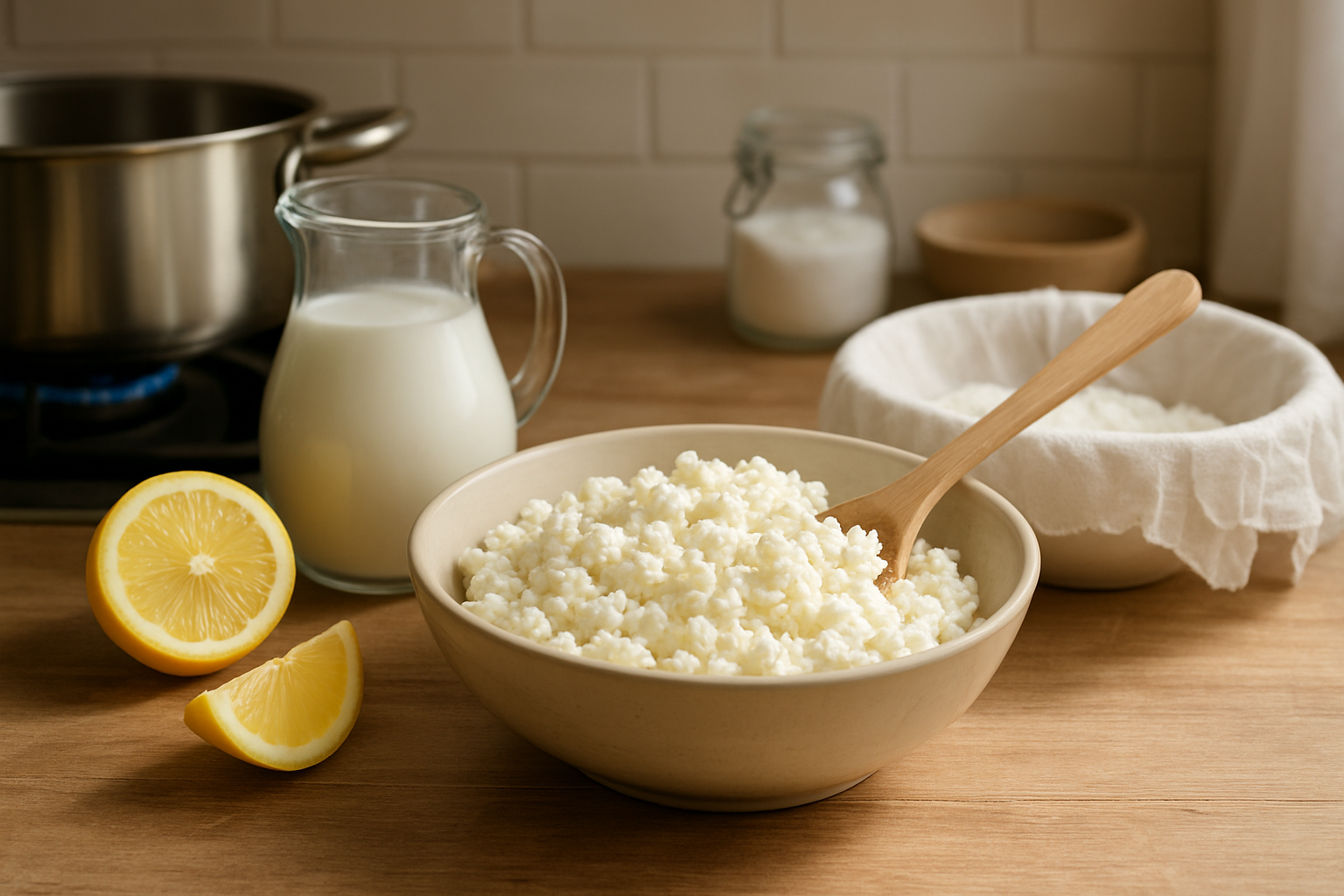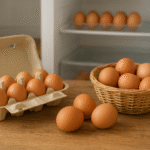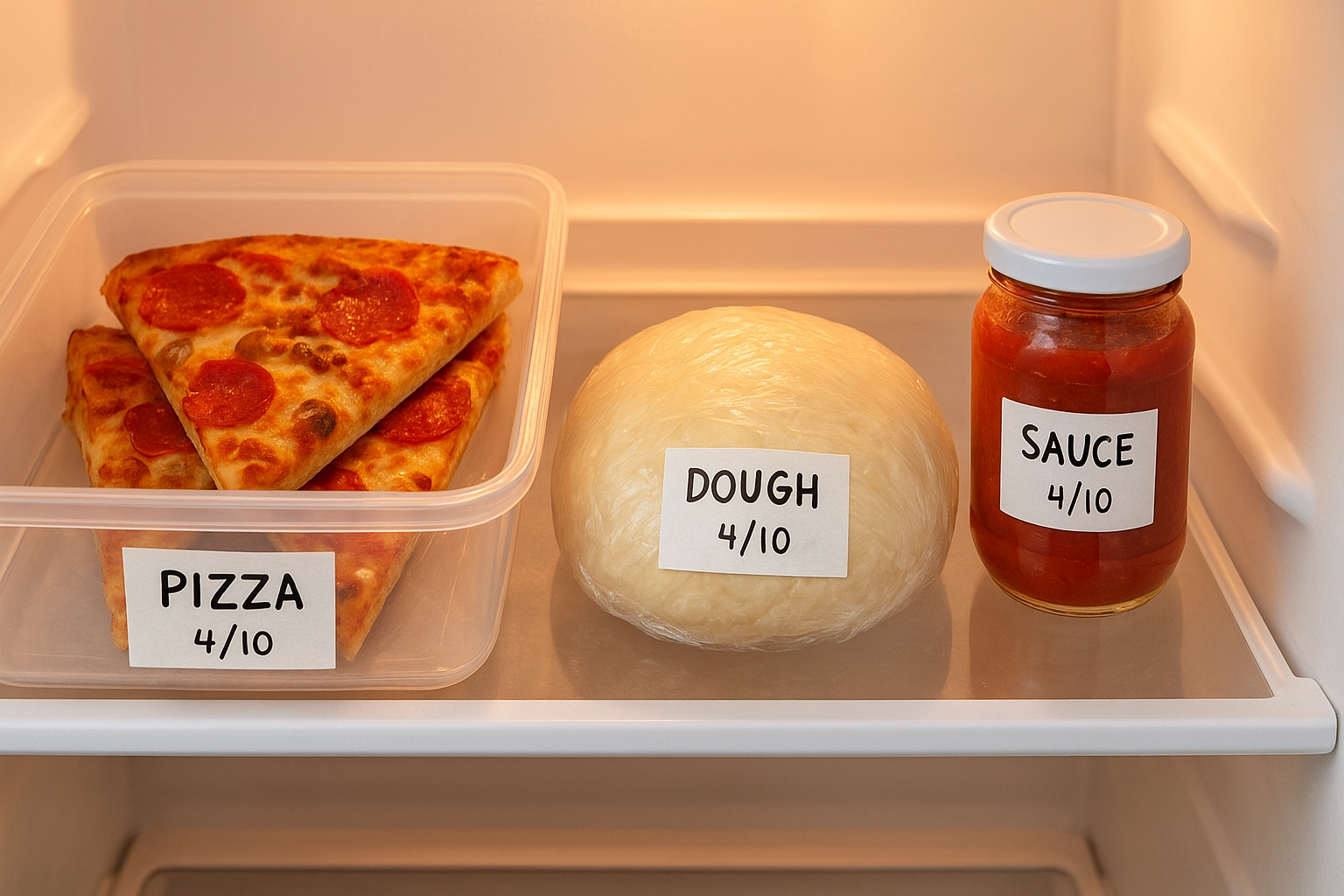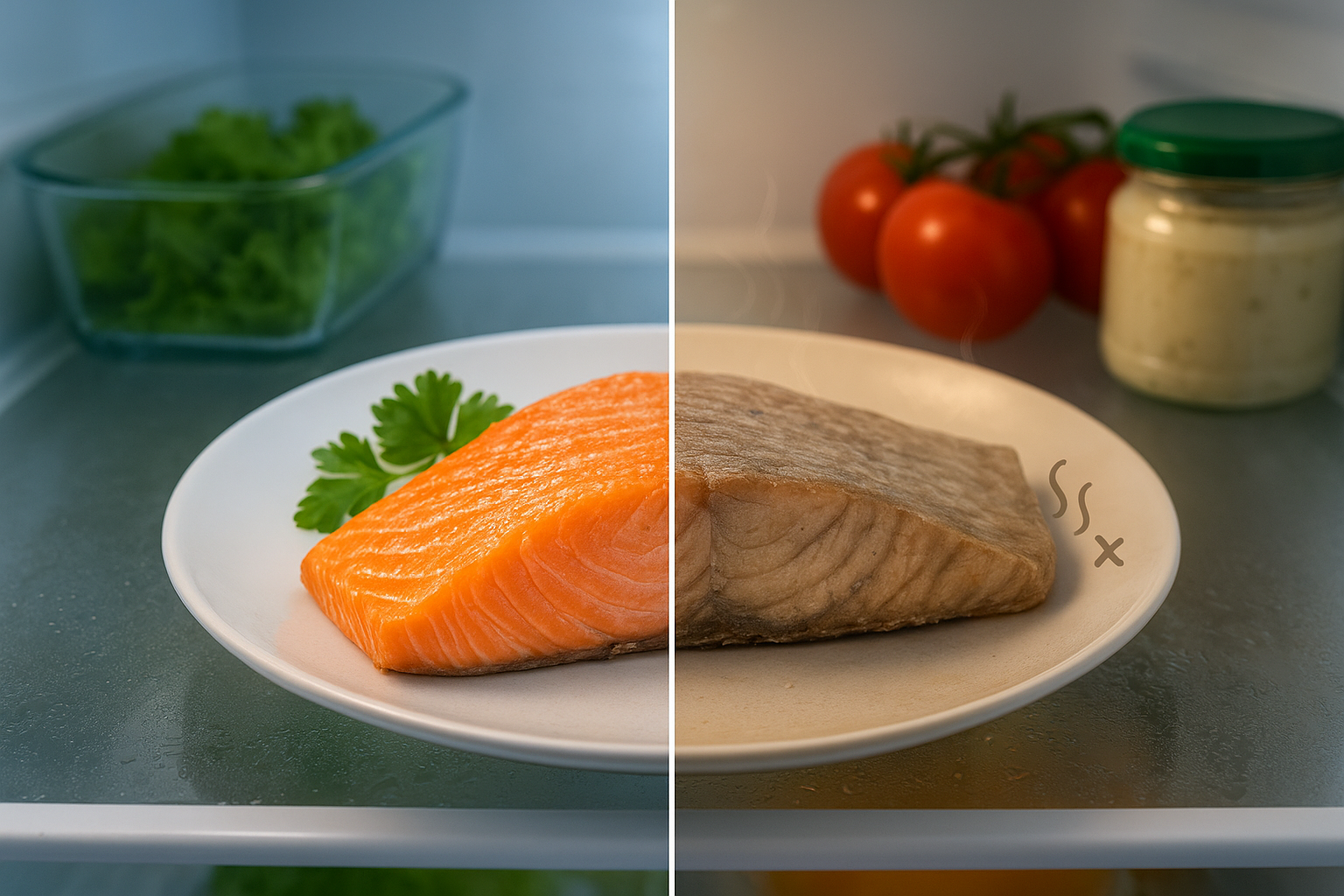Cottage cheese is one of those foods that strikes the perfect balance between being nutritious and versatile. High in protein, low in fat (depending on the milk used), and great for sweet or savory dishes, it’s a kitchen staple for many health-conscious people. But have you ever wondered how to make cottage cheese at home instead of buying the store-bought version?
The good news is — it’s surprisingly simple. With just a few ingredients and some patience, you can prepare fresh cottage cheese that tastes creamier and cleaner than packaged brands. Let’s break it down step by step.
Why Make Cottage Cheese at Home?
Homemade cottage cheese isn’t just about saving money. It’s also about:
- Quality control: You decide the type of milk (whole, skim, organic, grass-fed).
- Health benefits: No preservatives or unnecessary additives.
- Flavor: Freshly made cheese has a mild, creamy taste you can adjust.
- Customizable texture: From small curds to large chunks, you control the consistency.
Just like when learning how long cooked salmon lasts in the fridge, homemade dairy also comes with the bonus of knowing exactly how fresh it is.
Ingredients You’ll Need
Making cottage cheese doesn’t require complicated equipment. You’ll need:
- 1 gallon of milk (whole milk gives creamier curds, but low-fat works too)
- ½ cup white vinegar or lemon juice (as the acid)
- 1 teaspoon of salt (optional, adjust to taste)
- ½ cup cream (optional, for a richer version)
Equipment:
- Large pot
- Thermometer (recommended, but not essential)
- Cheesecloth or clean kitchen towel
- Colander
Step-by-Step: How to Make Cottage Cheese
Step 1: Heat the Milk
Pour your milk into a large pot and slowly heat it to about 120°F (49°C). Stir gently to prevent scorching at the bottom.
Step 2: Add Acid
Turn off the heat. Add vinegar or lemon juice and stir gently. Within a few minutes, the milk will separate into curds (solid parts) and whey (liquid).
Step 3: Rest and Strain
Let the mixture rest for 30 minutes. Then, pour it into a colander lined with cheesecloth to drain the whey.
Step 4: Rinse the Curds
Rinse the curds under cold water while gently stirring with a spoon. This step helps wash away acidity and gives cottage cheese its mild taste.
Step 5: Add Salt and Cream
Transfer the curds to a bowl, add a pinch of salt, and mix in cream if you want a richer, creamier version.
That’s it — you’ve just made fresh cottage cheese!
Variations: Making It Your Way
Homemade cottage cheese can be customized to your liking:
- Low-fat version: Use skim milk and skip the cream.
- Creamy version: Add extra heavy cream for a luxurious texture.
- Flavored version: Mix in chives, garlic, or fresh herbs for a savory snack.
- Sweet version: Add honey, cinnamon, or fruit for a healthy dessert.
Nutritional Benefits of Cottage Cheese
Cottage cheese is often praised by athletes, dieters, and health experts alike. Per ½ cup serving, it usually contains:
- Protein: 12–14g
- Calories: 80–100 (depending on fat content)
- Calcium: Around 10% of daily needs
- Low carbs: Great for low-carb diets
If you’re tracking your health like when wondering how many kcal are in a slice of pizza, cottage cheese is an excellent food to add to your diet plan.
Tips for Perfect Cottage Cheese Every Time
- Use fresh milk for the best flavor.
- Don’t overheat the milk, or the curds may become rubbery.
- For bigger curds, stir less after adding vinegar or lemon juice.
- Store homemade cottage cheese in the fridge and consume within 5–7 days.
How Long Does Homemade Cottage Cheese Last?
Just like other fresh foods, cottage cheese has a shorter shelf life than store-bought versions. Keep it in an airtight container in the fridge, and it should last about 5–7 days. If it smells sour or develops an odd texture, it’s time to toss it.
Final Thoughts
Learning how to make cottage cheese at home is both fun and rewarding. Not only do you get fresher, tastier cheese, but you also gain control over ingredients and texture. Whether you enjoy it as a post-workout protein snack, a topping for salads, or mixed with fruit, homemade cottage cheese is a wholesome addition to any diet.
And if you’re into food freshness and smart storage, you might also enjoy our guide on how long pizza is good for in the fridge — because keeping food tasty and safe is always worth it.












